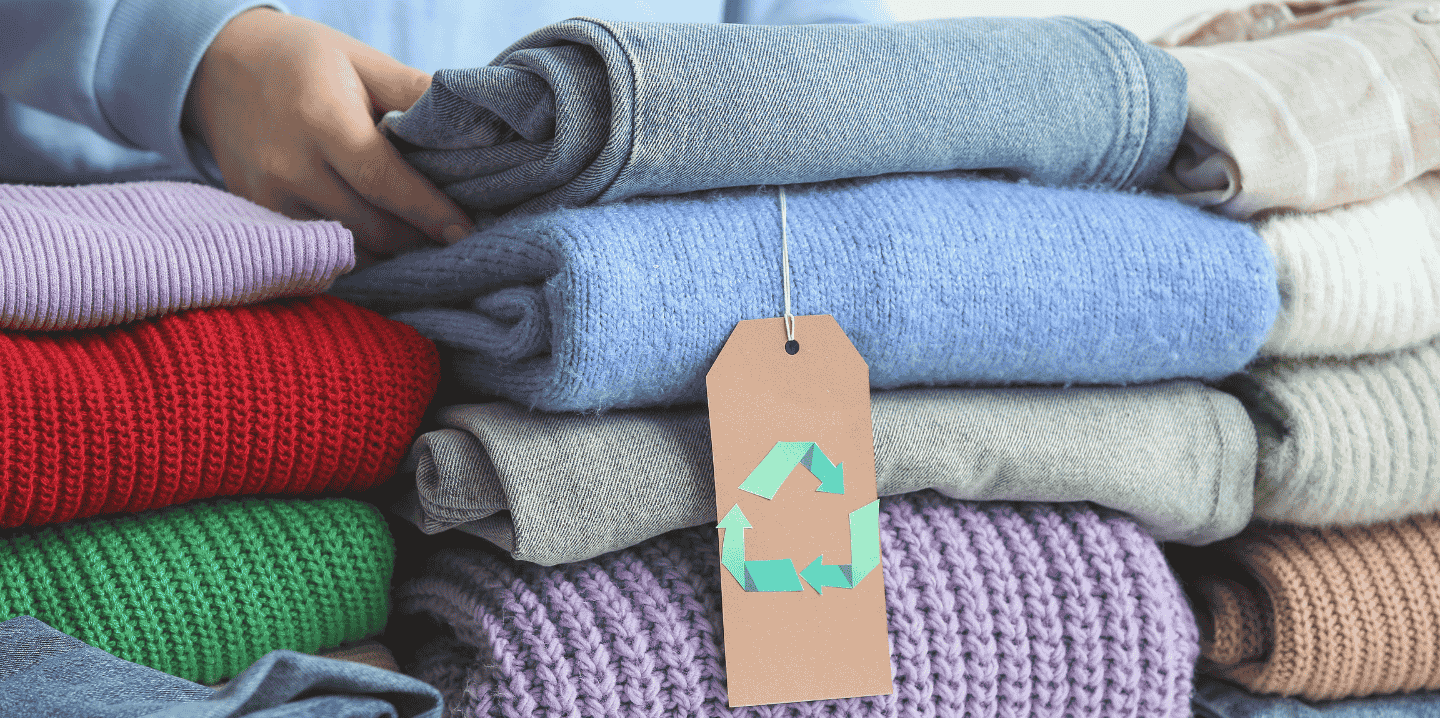Directive (EU) 2025/1892 amends the Waste Framework Directive 2008/98/EC and introduces a mandatory Extended Producer Responsibility (EPR) scheme for textile and footwear products. It was published on 27 September 2025 and enters into force on 17 October 2025.
Who is covered
The new EPR applies to producers (manufacturers, importers, and distance sellers/e-commerce operators who first place products on the market of a Member State) of the listed product groups, including:
Clothing and accessories (including knitwear and leather items)
Home textiles and furnishing articles
Garments and other worn items
Hats and other headwear
Footwear
What the EPR requires
Producers must finance and organise—typically through PROs (Producer Responsibility Organisations)—the entire end-of-life phase for goods placed on the market: separate collection, sorting, preparation for re-use, recycling, and residual waste management, with the aim of promoting circularity and reducing environmental impact.
EPR fees:
are based on weight/quantity;
are modulated according to relevant ecodesign requirements (aligned with the ESPR);
may be further modulated by Member States to discourage high turnover models (fast/ultra-fast fashion) and reward durability, repairability, and recyclability.
Specific cost items to be financed
Collection and waste management (including activities carried out by social economy actors)
Surveys and monitoring
Consumer information (sustainable consumption, prevention, re-use, repair, recycling, disposal)
Data collection and reporting to the competent authorities
Support for research and innovation in line with ESPR ecodesign principles
Online sales
For distance sales, producers must provide proof of registration in national registers and a self-declaration of compliance with EPR requirements to online platforms and fulfilment service providers.
Implementation timeline
17 October 2025: Directive enters into force
17 June 2027: Transposition by Member States into national law
17 April 2028: PROs must be established and operational in the Member States
17 April 2029: Micro-enterprises must comply with the cost-coverage obligations
Producers are not required to pay for legacy textiles already on the market; fees apply only to products placed after the EPR system is established in the relevant Member State
By 31 December 2029: The European Commission will review the effectiveness of the new scheme
What fashion/textile/footwear companies should do now
Map the “producer” perimeter by country (who first places the product on the market). Align contracts and EPR responsibilities in priority EU markets.
Select/assess PROs at national (or multi-country) level and estimate fees by product category and weight, factoring in potential fee modulation.
Prepare data systems: traceability by quantity/weight per SKU and country, inventories of unsold goods, re-use/repair channels, KPIs for collection/re-use/recycling, and reporting processes.
Plan consumer information: collection points, care/use instructions, repair/re-use options.
Integrate the ESPR into product design: durability, repairability, recyclability (fiber-to-fiber) to reduce fees through modulation.
Online and marketplace channels: set up proof of EPR registration and self-declarations for platforms and fulfilment providers.
Points to watch for the sector
Social economy: the role of re-use/charity operators is protected and integrated into collection and sorting systems; PROs cannot exclude them.
Export controls for re-use: minimum requirements to distinguish “fit for re-use” from waste; flows may be subject to inspection.
Fast-fashion: fees may be increased for high-obsolescence models; advantages for products designed to last and to be repaired/recycled.
EPR reshapes responsibilities and costs across the entire product life cycle. Acting now allows companies to optimise fees, structure collection and re-use, and design for recyclability—strengthening product quality and brand reputation. If you want to set up a clear, sustainable roadmap, contact us for specialised consultancy.

